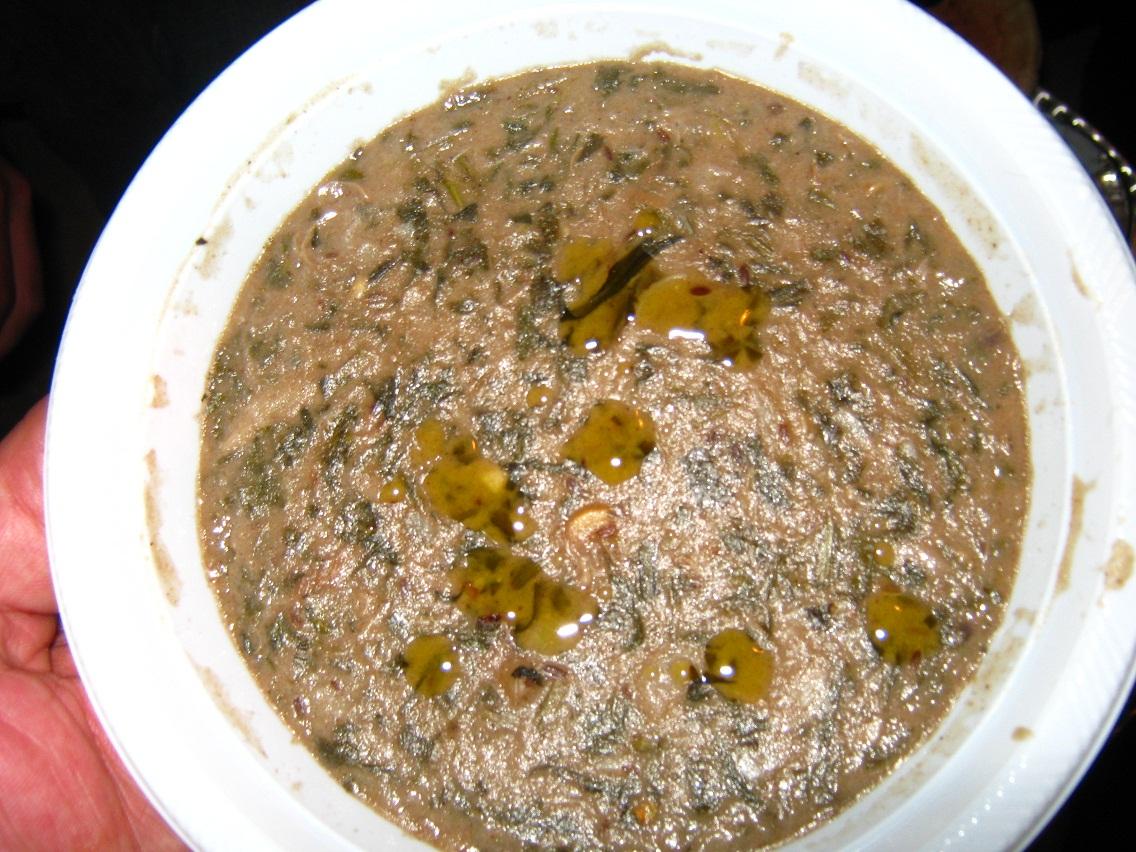
Chamberlains of London – Gaza holds many culinary secrets but none as unique and beloved as Sumaghiyyeh. This dish has become a treasured part of family traditions and cultural identity for generations. Known for its tangy richness and complex layers of flavor, Sumaghiyyeh is more than just a meal. It is a symbol of connection. Families across Gaza prepare this stew of tender meat chickpeas and a strikingly sour sumac-tahini broth during festive events or solemn gatherings. The name Sumaghiyyeh itself comes from sumac the bright red spice that delivers a signature sourness. This traditional dish carries emotional weight for many in Gaza as it is often shared with neighbors during Eid weddings or even funerals. With thick broth and heartwarming aroma Sumaghiyyeh brings comfort in every bite and remains a cornerstone of Palestinian cuisine that unites taste memory and community.
Sumaghiyyeh from Gaza is a showcase of bold ingredients that work together in surprising harmony. The dish combines chunks of beef or lamb with soft garbanzo beans creating a hearty foundation. Its uniqueness lies in the powerful combination of sumac and tahini. Sumac gives the stew its signature tang while tahini adds a nutty richness.
Many families in Gaza also add leafy greens such as Swiss chard for texture and earthy flavor. Seasonings like onion garlic fennel or cumin elevate the broth while olive oil adds depth and aroma. Some modern versions include chili flakes to provide a gentle heat. Each household in Gaza may have its own variation passed down from previous generations. But all share the same sour-savory character that defines Sumaghiyyeh. Unlike typical soups or stews the consistency here is thick almost sauce-like. It is usually eaten with warm pita bread which serves as a utensil to scoop up the delicious mixture directly by hand.
“Read about: Bake Off Star Ruby Tandoh Reveals Her Hidden Struggles on the Show”
Preparing Sumaghiyyeh requires time patience and the right balance of flavors. First the meat is sautéed until browned and then boiled with bay leaves until tender. A separate mixture is made by soaking sumac in hot water and combining it with flour and tahini to create a smooth tangy base. In another pan onions are cooked until fragrant followed by the addition of greens such as chopped Swiss chard.
Once all the elements are ready the meat broth garbanzo beans sumac-tahini mixture and sautéed vegetables are brought together in one pot. The dish simmers gently until thick and rich. The final touch comes from a quick sauté of ground fennel garlic and chili flakes in olive oil which is poured over the stew for an added burst of aroma and spice. This method delivers a full-bodied dish that captures the essence of Palestinian home cooking with every layer carefully built to deliver satisfaction.
In Gaza Sumaghiyyeh is not just eaten it is shared. Large batches are often made during religious holidays weddings or periods of mourning. These moments call for a dish that represents both comfort and generosity. Traditionally Sumaghiyyeh is served in deep bowls and shared family-style. Warm pita bread replaces cutlery and everyone eats from the same dish. This form of serving fosters closeness and hospitality values deeply embedded in Palestinian culture. During Eid it is common for households to distribute portions of Sumaghiyyeh to neighbors and extended family. This generosity transforms the dish from food into a form of community care. The act of cooking this stew becomes an expression of love and remembrance. Many families even consider the recipe a heritage passed from grandmothers to daughters through stories and hands-on cooking sessions that bridge generations.
“Read more: This Garage Door in South Korea Opens More Than Just Your Car Space”
Sumaghiyyeh carries historical emotional and nutritional significance. In Gaza where life can be unpredictable food often becomes a source of resilience. The ingredients used in this dish are not only flavorful but also economical and widely available. Sumac grows naturally in the region and tahini is a staple in most Palestinian kitchens. These ingredients make Sumaghiyyeh both accessible and sustainable. Beyond its practical qualities Sumaghiyyeh is a symbol of identity. It is cooked not just to satisfy hunger but to honor cultural roots. Its sourness mirrors the bittersweet nature of life in Gaza. People remember celebrations and losses with this stew on the table. The flavors are intense but comforting and each bowl serves as a reminder of family tradition and survival. In this way Sumaghiyyeh transcends its role as a meal and becomes a cultural emblem of Palestinian endurance pride and connection.